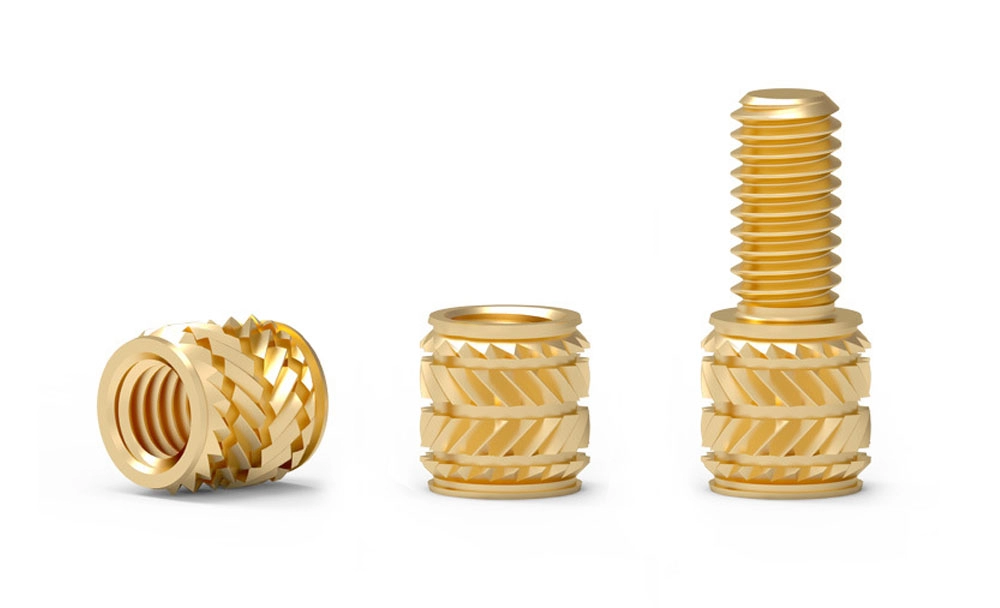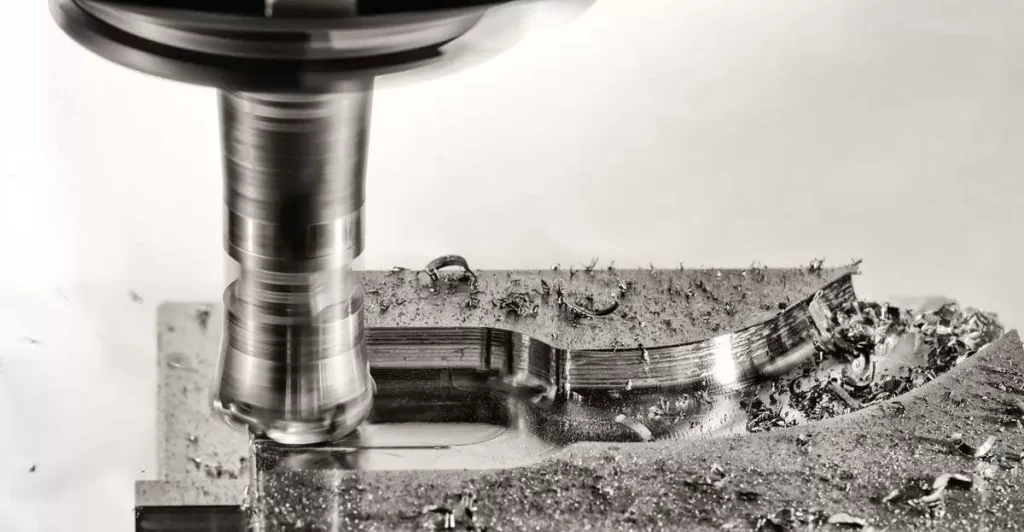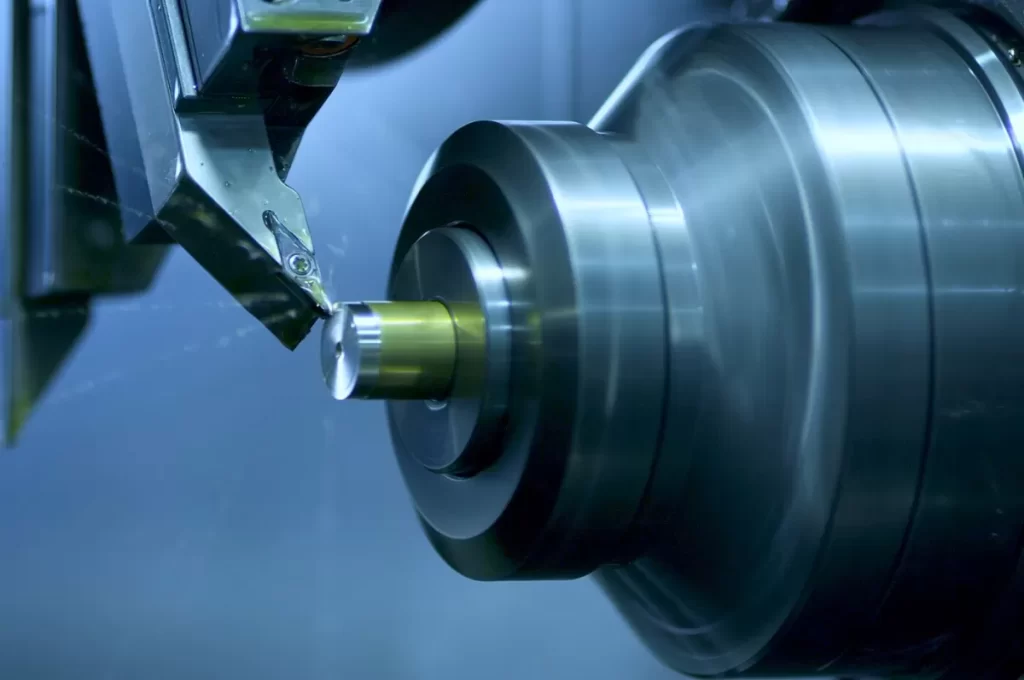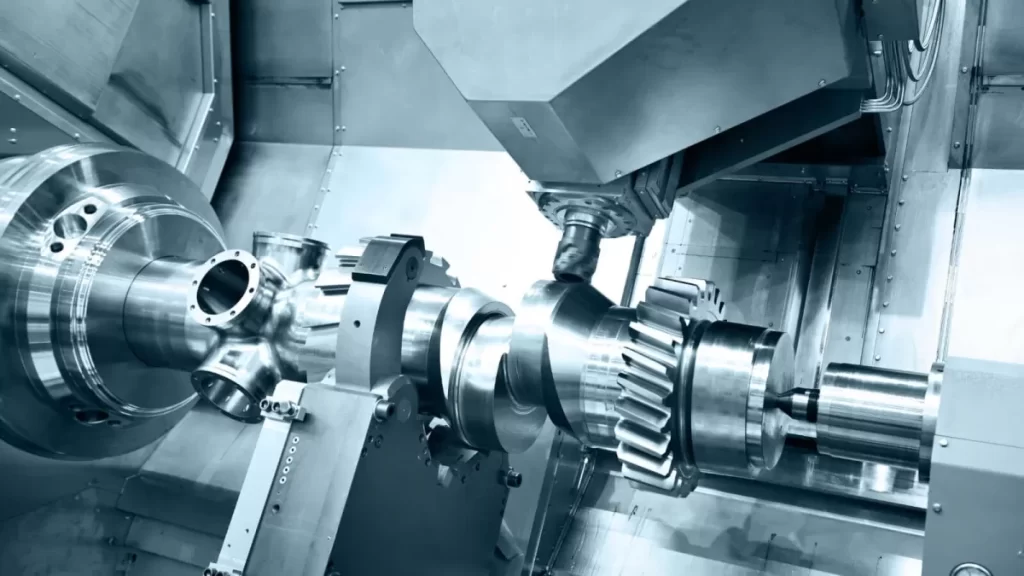What is Knurling
Knurling is a manufacturing process that creates textured patterns on a surface, primarily to improve grip or add an aesthetic touch. These patterns are typically formed on metal parts using a rolling or cutting technique during CNC machining.
Types of Knurling Patterns
- Diamond: Crosshatched pattern offering enhanced grip
- Straight: Parallel lines for sleek, minimalist texture
- Angular: Diagonal grooves that balance grip and style
Common Applications
- Tool handles for better control
- Knobs and dials for easy adjustment
- Press-fit assemblies to improve friction between components
Advantages
- Provides improved grip, reducing slippage
- Cost-effective compared to other surface treatments
- Adds a professional and attractive finish to parts
Limitations
- Not designed for transmitting torque
- Surface texture can wear down over time with heavy use
Knurling remains a popular choice when the goal is to enhance user interface or add simple, durable surface texture without complex machining.
What is a Spline
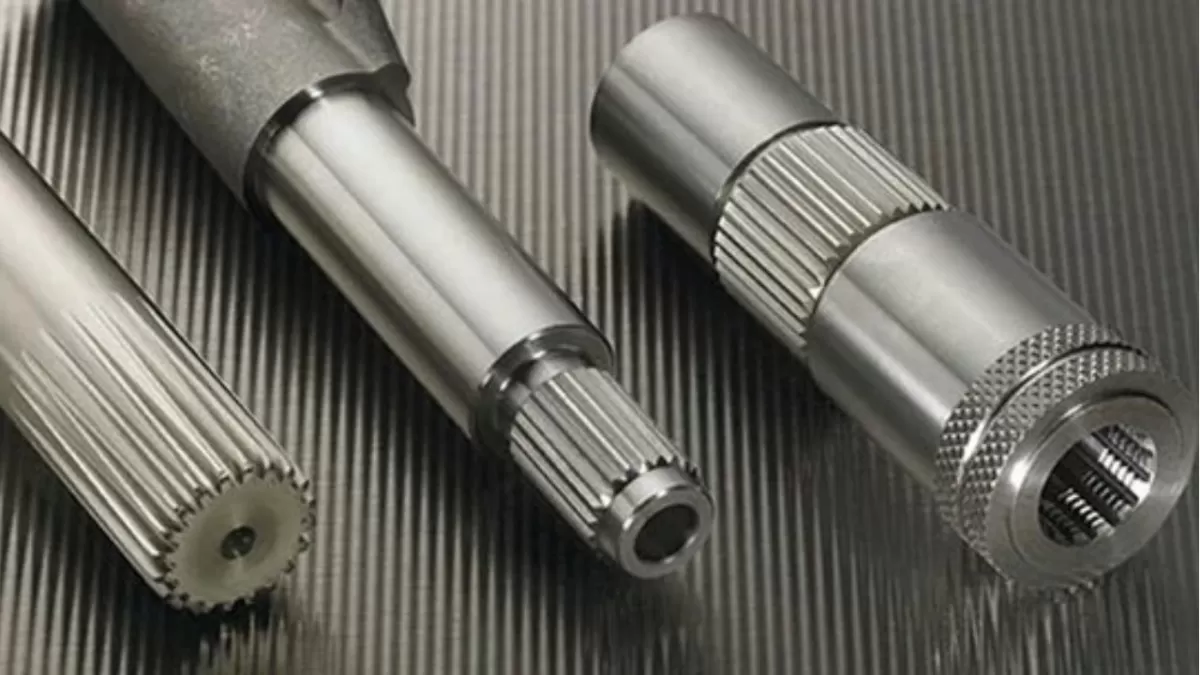
A spline is a series of grooves or ridges cut into a shaft that helps transfer torque between parts. It’s designed to provide a strong, precise connection that keeps components aligned while spinning or moving.
Types of Splines
- Involute splines: Have curved profiles and offer smooth motion, common in automotive drives.
- Straight-sided splines: Feature flat sides for simple, sturdy engagement, often used in industrial machinery.
- Serrated splines: Have multiple small teeth to handle high torque in tight spaces.
Common Applications
- Automotive drivetrains like axle shafts
- Aerospace components requiring exact fits
- Heavy machinery where power transfer is critical
Advantages
- Can handle high torque loads without slipping
- Provides precise alignment between parts
- Long-lasting durability under stress
Limitations
- Requires more complex CNC machining processes
- Typically higher production costs due to precision needs
Knurl vs Spline Key Differences
Functionality
Knurling is mainly designed to improve grip on a surface, making it easier to hold or turn a part. Splines, on the other hand, are grooves or ridges on a shaft built to transmit torque effectively between connected parts.
Design Complexity
Knurling is a simpler surface treatment. It involves creating textured patterns without changing the part’s core geometry. Splines require precise engineering to ensure the grooves align perfectly for smooth torque transfer and proper fit.
Manufacturing Process
Knurling is usually done by rolling or cutting patterns onto a surface using CNC machines. Spline production is more complex, often requiring specialized machining methods like hobbing or milling to cut the grooves accurately.
Cost and Time
Knurling is more affordable and quicker to apply since it’s a surface finishing process. Producing splines requires higher precision, which increases both machining time and overall cost.
Use Case Suitability
Knurling is ideal for parts that need enhanced grip, such as knobs, handles, or user interfaces. Splines are best when you need to transfer power or torque safely and precisely, like in automotive shafts or heavy machinery components.
Choosing Between Knurl and Spline for Your CNC Project
When deciding between knurl and spline for your CNC machining project, it comes down to a few key factors:
- Application requirements: Are you needing a better grip for a handle or a surface, or do you need to transmit torque from one part to another? Knurling works great for grip, while splines are built for power transmission.
- Torque needs: If your project involves heavy torque, splines offer the strength and precision needed. Knurling can’t handle high torque loads.
- Budget: Knurling is generally more affordable and quicker to produce. Splines require precise machining and higher costs.
- Aesthetics: Knurling can add a functional and decorative texture. Splines are usually hidden inside mechanical components.
Industry-Specific Examples
- Medical tools: Knurling is popular here for tool handles and knobs, where grip and ease of use are critical.
- Automotive shafts: Splines are common in car and truck drive shafts, where precise, durable torque transmission is a must.
How HYCNC Customizes Knurling and Spline Solutions
At HYCNC, we tailor both knurling and spline machining to your exact specs. Our advanced CNC equipment ensures consistent quality, whether you’re after a smooth grip pattern or perfectly aligned splines for heavy-duty torque. We work with you to balance cost, durability, and design from start to finish.
Decision Checklist
Before choosing knurl or spline, ask yourself:
- What’s the main function? Grip or torque transfer?
- How much torque will the part handle?
- What’s my budget and timeline?
- Does the part need to look good or just work well?
- What materials am I working with?
- Are there industry standards or specific tolerances to meet?
Answering these will help you pick the right surface treatment for your CNC project and ensure your part performs exactly as needed.
The Role of Precision CNC Machining in Knurling and Splines
High-precision CNC machining is crucial when it comes to both knurling and spline manufacturing. Whether you’re adding textured patterns to improve grip or cutting detailed grooves to transfer torque, accuracy matters. Without precise CNC equipment, the final parts may not fit or function properly, leading to poor performance or early failure.
At HYCNC, we use advanced multi-axis CNC machines that offer tight manufacturing tolerances and consistent quality control. These tools allow us to handle complex knurling patterns and intricate spline profiles with exact precision, ensuring each component meets your specs perfectly.
Material selection also plays a big role. For example, steel is often used for splines that need to handle high torque, while aluminum may be chosen for lightweight knurled parts that still need good surface finish and durability. We help clients pick the right material to get the best performance from their knurling or spline features.
One successful project involved a client needing custom splines for an automotive shaft. Using our precision CNC machining and material expertise, we delivered parts with perfect torque transmission and excellent surface quality, meeting strict industry standards. This case highlights how combining precision CNC work with smart material choices results in reliable, durable components tailored to your needs.

